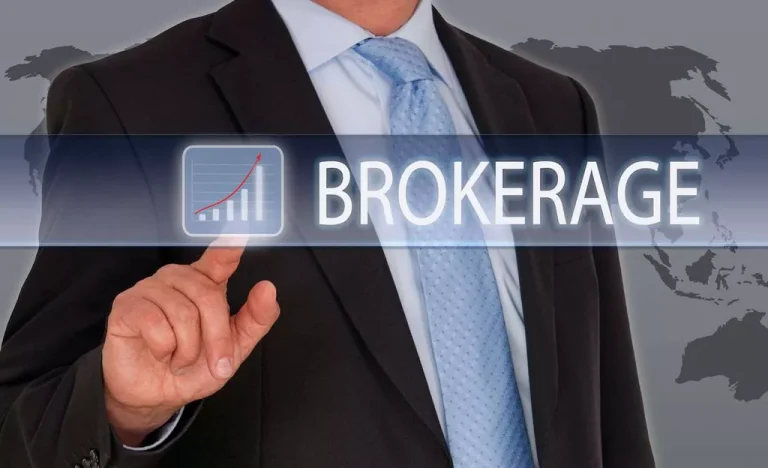As dangers are identified, they should be captured in formal documentation — most organizations do that by way of a threat register, which is a database of risks, danger house owners, mitigation plans, and threat scores. Cyber threat administration, additionally known as cybersecurity threat administration, involves protecting a corporation’s digital property and knowledge know-how. Danger analysis compares the magnitude of each danger and ranks them based on prominence and consequence.

Effective threat management involves figuring out, assessing, and managing potential risks, both negative (a threat) and positive (an opportunity). The first step involves recognizing potential dangers in varied areas, similar to operations, funds, or compliance. Businesses can use tools Smart contract like brainstorming sessions, expert consultations, or historic knowledge evaluation to determine threats. ER helps Apple make strategic choices that balance innovation with risk, such as diversifying its provider base and investing in strong cybersecurity measures. This approach has helped the company mitigate risks and seize development opportunities within the fast-evolving tech trade. A hospital system implementing ERM might identify potential risks associated to natural disasters and infectious disease outbreaks.
- This is why danger administration is an important discipline for almost each type of enterprise.
- Unlike conventional risk management, which can concentrate on isolated domains similar to operational, monetary, or technological dangers, ERM integrates dangers from varied aspects of a business and presents a unified view.
- With Out a structured strategy to danger, businesses face unpredictable disruptions that could considerably influence progress and status.
- The former work at companies that see risk administration as an insurance coverage, according to Forrester.
- It entails analyzing uncertainties and making knowledgeable choices to protect organizations from potential hurt or loss.
Implementing sturdy Risk Management practices instils confidence in stakeholders, including buyers, clients, and companions. Demonstrating a proactive approach to managing dangers demonstrates commitment towards accountable and sustainable business practices. This enhances trust, credibility, and long-term relationships with stakeholders, contributing to the general success and popularity of the organisation. The Nationwide Institute of Standards and Expertise (NIST) Cybersecurity Framework is designed to help organisations manage cybersecurity risks.
These kinds of dangers usually obtain important consideration due to the potential influence on a company’s bottom line. Monetary risks could be realized in many circumstances, like performing a financial transaction, compiling monetary statements, developing new partnerships, or making new offers. Inner and exterior provide chain risks can come from numerous sources, including natural disasters, geopolitical events, provider chapter, quality points and cyberattacks.
A retail company suffered supply chain disruptions because of insufficient danger planning, leading to missed income alternatives. Addressing these dangers requires an understanding of the particular challenges a business faces and the potential consequences of inaction. Furthermore, it’s essential to grasp that a qualitative assessment incessantly accompanies a quantitative one. You can use them individually or collectively, depending on the obtainable time, price range and enterprise traits. In summary, Threat Management presents numerous benefits to organisations, and it’s crucial for navigating challenges in these turbulent times.

For example, to forestall information leakage, an organization wants to put in applicable software and guarantee cybersecurity. As an example, let’s take the danger of climate change, which is a threat Broker Risk Management to many companies. Thus, a qualitative evaluation consists of analysing the options of the manifestation and influence of possible dangers from the specialists’ point of view. Sarl Simonton, “In the face of uncertainty, there’s nothing incorrect with hope.” Coupling hope with a strong danger administration technique is the blueprint for enduring success in an unpredictable world. As Quickly As your mitigation methods are in place, the focus should shift to constant implementation and ongoing monitoring. Establish clear performance indicators (KPIs) to measure the effectiveness of every risk response.
Setting And Aligning Your Danger Administration Aims

ISO standards and others, such because the IRM pointers, assist organisations implement risk administration greatest practices. These requirements goal to handle risk by establishing a typical danger management framework and process. These instruments allow companies to method danger systematically and make informed choices about mitigation strategies.
This entails figuring out risks of non-compliance, designing controls to address vulnerabilities, mapping controls to key goals, testing controls for effectiveness, and reporting to regulators. Effectively assessing dangers, mitigating and monitoring actions as you uncover crucial dangers across your entire enterprise. In The End, it helps the company allocate sources effectively to guard its status, employees, traders and community. The threat control and mitigation plan must embrace following up on the risks (and emerging risks) and a plan to constantly monitor and monitor new and present risks by way of a threat register and matrix. The overall threat management course of also wants to be reviewed, and an inside audit (arranged by the audit committee) should be carried out and updated accordingly. Danger Administration Requirements provide a strategic framework to facilitate identifying, controlling and mitigating dangers to assist organisations attain their stated aspirations and targets.
The Risk Analysis Process
This permits you to https://www.xcritical.in/ establish systemic issues so as to design controls that get rid of the cost and time of duplicate effort. Enterprise Threat Administration (ERM) is a strategy that looks at risk management globally, that is, from the entire business’s perspective. Such a strategy is also geared toward identifying, assessing and making ready for potential losses, hazards, and threats that intervene with the actions and goals of the corporate and bring loss or reputational harm. These standards and frameworks serve as priceless assets for organisations in search of to reinforce their Danger Administration capabilities. By adopting and implementing these frameworks, organisations can establish constant practices for managing risks, improve decision-making processes, and strengthen their total culture of managing risks. It offers techniques, a framework, and a course of for managing dangers effectively.
A threat management framework should acknowledge this by including a finances that includes estimates of these costs. This portion of the plan should also embrace a schedule of when threat management tasks are as a outcome of hit particular milestones. The specifics of danger management vary from business to business and from trade to business. Nevertheless, the changes it has brought have shaken up the methods numerous enterprises function. These disruptions even have exposed firms to new forms of threat, including digitally pushed fraud, labor shortages, and rising materials costs.
In this initial stage, organisations define the Risk Administration course of’s aims, scope, and standards. They set up the context within which dangers might be identified, evaluated, and managed. This entails considering internal and external components influencing the organisation’s danger landscape.
